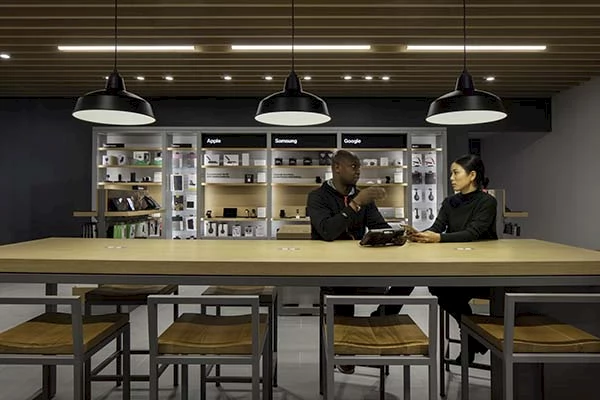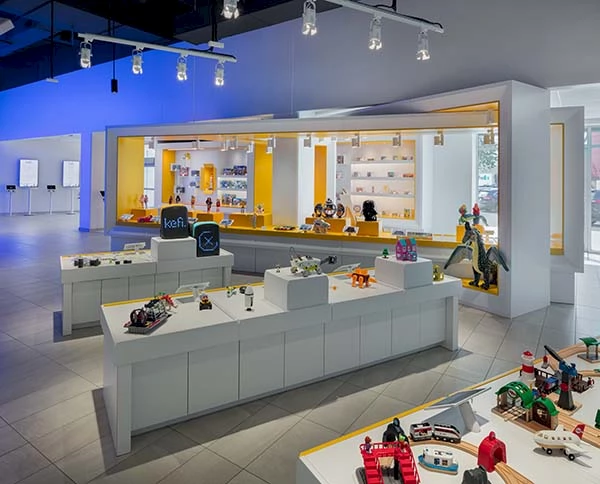Visions 10 — Lighting

Two things within the last few weeks have made me think about lighting and the way it concerns architectural photography. First was an email from a portrait/wedding photographer who had been asked by a realtor to photograph some high end home interiors. She wanted to know what equipment I used to achieve the look that I do from my imagery. The second was from a recent post on LinkedIn of the Verizon Hudson Yards Next Gen Store announcing its placement on my website.
The question from the photographer was interesting, mainly because she ignored and didn’t even ask about how experience comes in to play. She didn’t ask about technique, which I feel is the most important aspect of photography and lighting. Assuming that high dollar equipment is the only way to achieve great imagery is leaving out so much more. One of the masters whose work I love is Edward Weston. He didn’t have expensive equipment. He didn’t even have an enlarger-he taped negatives to a window and rephotographed them twice to create another enlarged negative to contact print. He used tar to plug light leaks on his view camera. Yet, he has created some of the most beautiful iconic images made.
She didn’t ask about how the thirty years of experience came in to play. I learned to light before digital photography using 4x5 transparency film. Chrome film was unforgiving, needing precise exposures with mulitple light sources.I created techniques that I still use today . She assumed that the equipment makes the images and that is just not true. What is true is that there is a great need to understand the potential lighting of a site. I evaluate first, and only then do I supplement where needed.

The comment from LinkedIn asked about how I achieve balance between lighting sources. This also relates to experience. Long ago I learned that lighting a retail environment was much like lighting a product in the studio. I needed to focus light on the subject, whether that was a cash-wrap, merchandising etc. I need to learn how to focus the viewers eye to the important aspects of the site.
When I say that I try to photograph the design intent of a site, this is what I am referring to-how the designers saw the site in their minds as they were designing. The lighting is so important at this point and there are questions I may ask at the site. Things such as light temperature intent, intensity etc. are important, because what is seen on site is not necessarily what they had in mind. Experience has taught me where these conflicts are and how to resolve them.